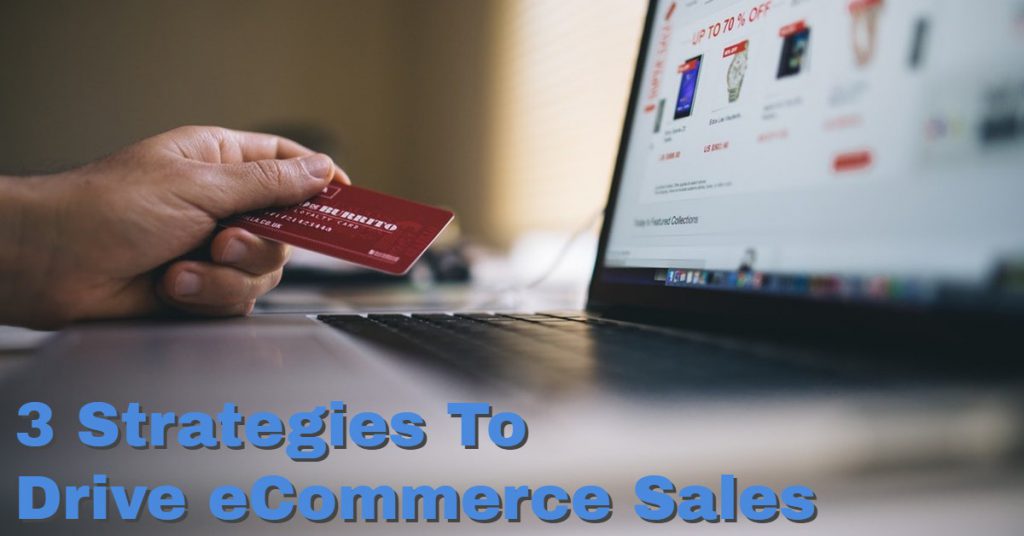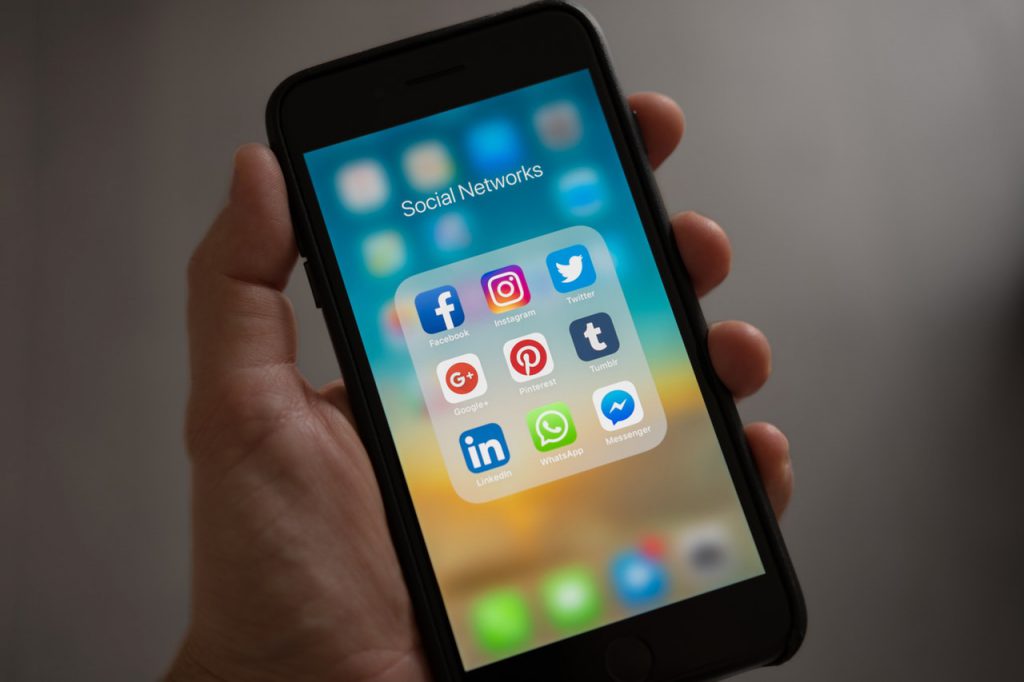3 Strategies to Drive eCommerce Sales
With the advent of quick-to-market ecommerce platforms like Shopify, Big Commerce, and Squarespace (just to name a few) there are more people jumping into the world of ecommerce every day. While it’s possible to grow an organic footprint for an ecommerce brand, PPC and paid media continue to be the driving force behind ecommerce sales. If you are thinking about starting an ecommerce site or already have an online storefront, here are 3 points to consider for your ecommerce and PPC strategy.
Mo Channels, Mo Sales
Disclaimer: Not every channel will work for every online store. So make sure you’re constantly testing, tracking, and evaluating ROI. Be mindful of spreading your budget too thin if you are working on a small budget.
Strategy
In addition to Google shopping and Google search – it’s important to be on as many channels as you can. Why so many channels? Online shoppers are digital natives. They likely use Google search for just about everything and use social media religiously. Casting a wide net across many platforms can quickly nurture leads and drive sales. Having multi-channel PPC strategy is an easy way to increase frequency and stay in front of qualified leads.
Which Platforms?
The default secondary platform is Facebook / Instagram, which is a good place to start if the budget allows.
YouTube is another channel that can be cost-effective and work wonders for awareness and branding campaigns. I’ve written more about the viability of YouTube here.
The things to consider are newer ad platforms like Reddit, Quora, and Pinterest. If you have a niche product, Reddit and Quora can be very powerful because you can reach groups of people based on the online communities they frequent. These platforms don’t get the media buzz that Facebook and Instagram get, but Reddit, Quora, and Pinterest have a significant amount of users and traffic – making it easy to make another touchpoint with your customer leads.
Beginner tip: If your budget is thin, start with remarketing campaigns on the Facebook ads platform. It’s a low risk, high reward way to stay in front of interested shoppers.
Don’t Make It Hard To Give You Money
Strategy
There is a small, yet very critical moment between the decision to purchase and following through with the actual purchase. This moment boils down to the actual exchange of money. A person has already made the decision to trade their hard-earned money for an item – don’t make it hard from them to complete the transaction. It sounds silly, but it rings true: don’t make it hard for people to give you money.
How to Reduce Payment Friction
Add as many payment options as you can. Apple Pay, Venmo, Paypal, and others make it possible to purchase something without ever taking your credit card out of your wallet. They are almost too easy to use. Having all these quick payment options make it so the person that’s about to convert can’t think twice about clicking the final purchase button.
If you are selling items with a high price point, you might want to consider working with a “shop now, pay later” provider. Vendors like Affirm and Klarna allow customers to purchase an item now and make payments over a short period of time. Like Apple Pay and Venmo – it’s very easy to use and can significantly lower payment friction.
Something to test is adding “buy now, pay later” copy to your search ads if you are working with alternative payment options. Adding copy like this can be effective when targeting users that are ready to buy but searching for the best price.
PPC Bid Management
Strategy
When running paid shopping campaigns, it’s easy to treat all your products the same. It’s natural to want to push all the products you carry as much as you can, but in reality, that’s not the most profitable strategy. Make sure you have a handle on your margin numbers for each product or product grouping. Also, make sure to factor in shipping and packaging costs. This is especially relevant for large or fragile items that require expensive packaging or shipping. Knowing your margins can help inform your PPC strategy to make it as profitable as possible.
How to handle bids
Managing and updating bids is a foundational practice of running effective PPC campaigns. While there are many factors that influence your bidding strategy, try to keep in mind your profit margins for each product.
For example, if you sell a product for $20, you cannot afford to pay $5 per click – even if your margins are high – you would likely not make money after shipping and other operational costs. However, if your product is $200, a $5 click or even a $20 cost-per-sale might make sense financially. Always think about your COGs and margin when working on ecommerce PPC strategy.
Consider being more aggressive with your bids on products with a wide profit margin. On the flipside, it might be more profitable to reduce bids on low margin items and find other, more cost-effective, ways to market those items. (Email marketing is a good place to start for low margin products.) If you have someone else managing your PPC campaigns, make sure to have the profit margin discussion with them. The more your team understands how profit is driven for your ecommerce business, the better.
What are some other ecommerce tips that have driven sales for you?



